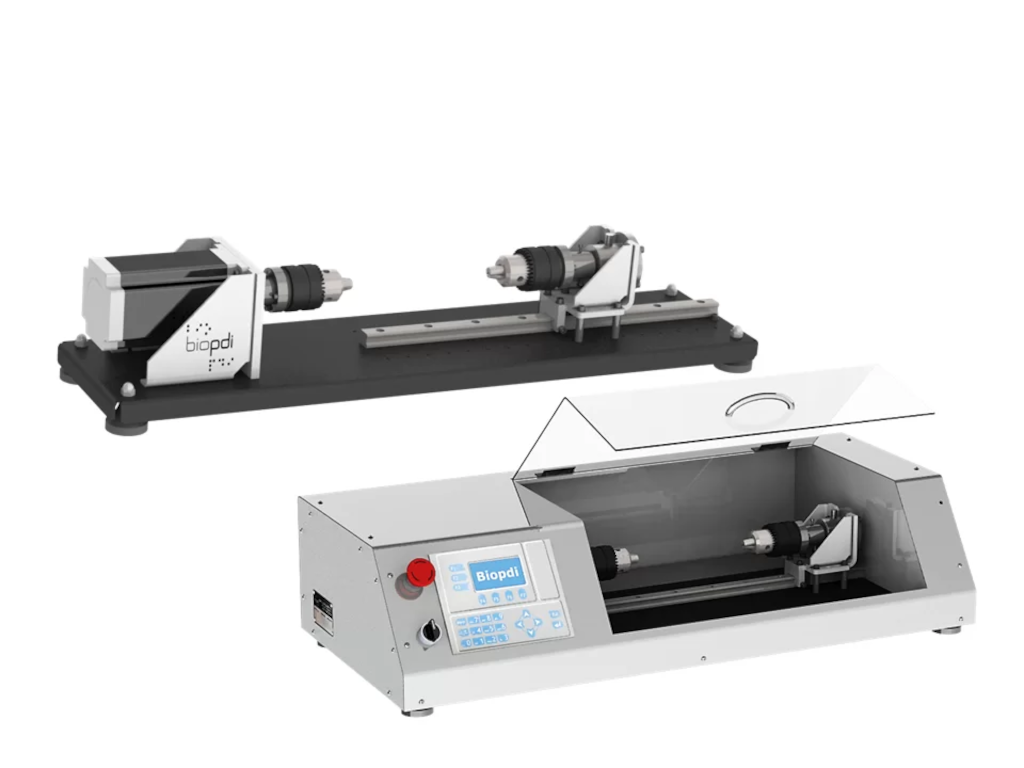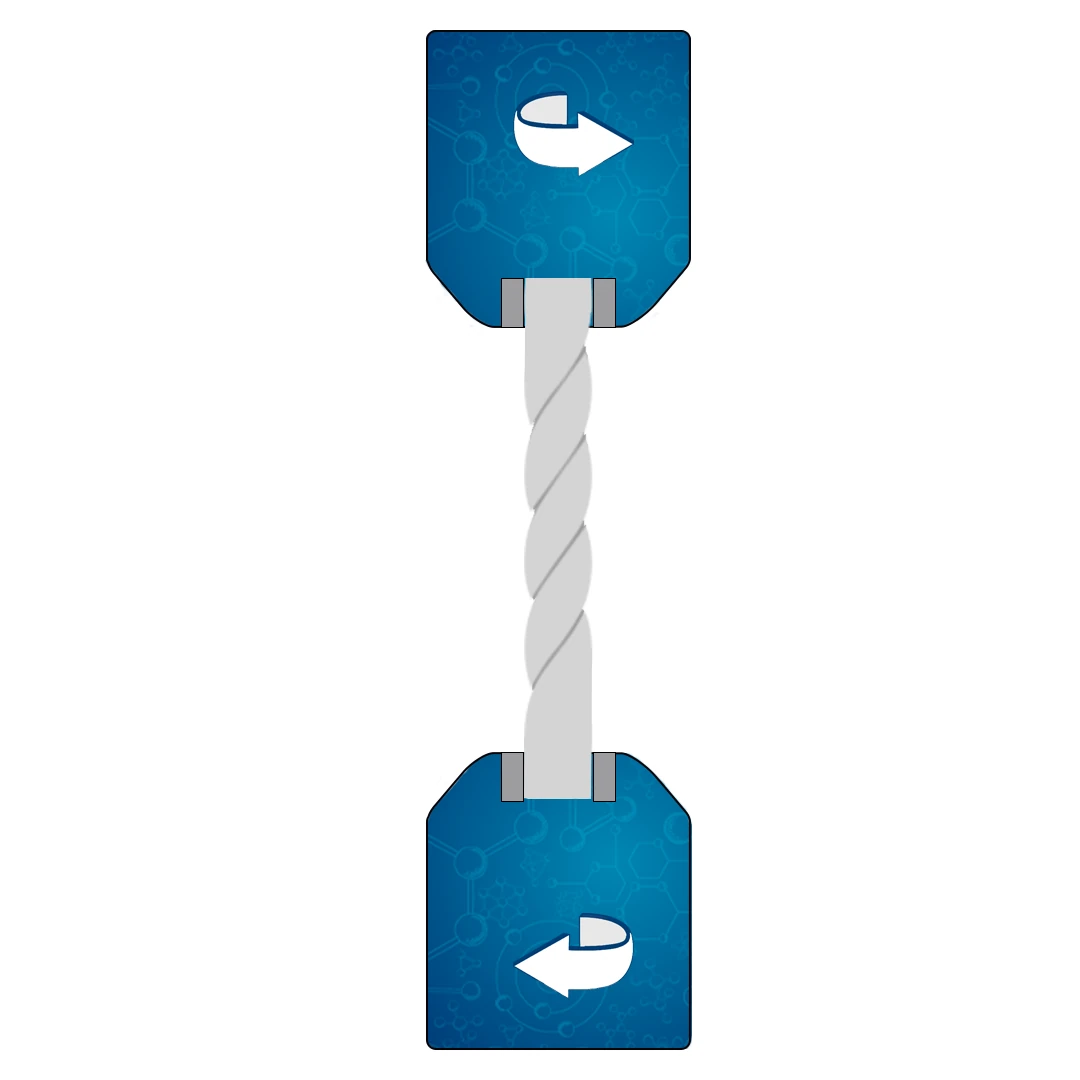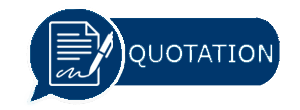Torsion testing machine | wide range of torque equipment
In this article, we will explore the torsion testing, a critical process in the field of materials engineering. We will delve into what torsion is, its testing methods, the purpose and predictive nature of these tests, types of materials tested, standards followed, applications, and much more.
In the following text, you will find a summary of the topics that will be addressed in this article.

Parts and Components of a Torsion Testing Machine ou Torsion tester
A Torsion Testing Machine, or torsion tester, is a specialized piece of equipment used to apply torsional stress to test specimens and measure their response. Here are the primary components and parts of a typical torsion testing machine:
- Frame: Provides support and stability to the entire setup, usually made of rigid steel or cast iron.
- Chucks or Grips: Used to hold the specimen securely in place, varying types depending on the specimen’s shape and size.
- Torsion Actuator: Applies the required twisting force to the specimen, can be electromechanical, hydraulic, or pneumatic.
- Torque Sensor: Measures the applied torque, often based on strain gauge technology.
- Angular Displacement Sensor: Measures the angle of twist in the specimen, commonly employing rotary encoders or potentiometers.
- Environmental Chamber (Optional): Allows testing under specific environmental conditions like temperature or humidity.
- Control Panel and Software Interface: Enables the operator to set up the test, control the parameters, and monitor the process through touchscreens or computer interfaces.
- Safety Features: Includes shields, emergency stop buttons, and complies with international safety standards.
- Calibration and Measurement Systems: Ensures the machine provides accurate results through calibration equipment, data acquisition systems, and signal conditioning units.
Conducting a torsion test using a Torsion Testing Machine
Conducting a torsion test using a Torsion Testing Machine requires a series of carefully planned and executed procedures. Here’s a detailed step-by-step guide:
- Prepare the Specimen: Select the appropriate specimen, ensuring it is clean and free of surface defects. Its dimensions must be carefully measured and recorded.
- Configure the Machine: Adjust the machine settings, including the torque range, angular velocity, and any other specific parameters in line with the testing standards and requirements.
- Install the Specimen: Carefully mount the specimen between the chucks or grips, ensuring that it’s properly aligned and secured.
- Set Environmental Conditions (if required): If the test requires specific temperature or humidity conditions, program and stabilize the environmental chamber.
- Calibrate the Sensors: Ensure that the torque sensor, angular displacement sensor, and load cell are calibrated according to the manufacturer’s guidelines and standards.
- Perform a Preload (if necessary): Apply a small preload to remove any slack in the system and ensure a consistent start to the testing.
- Begin the Test: Start the torsion test through the control panel or software interface, gradually applying the planned torque or angular displacement.
- Monitor the Test: Watch the test progress, paying attention to both the machine’s readings and the specimen’s physical response.
- Record the Data: Collect data including torque, angular displacement, time, and other relevant parameters. Most modern machines will record this data automatically.
- Analyze Failure (if applicable): If the test involves taking the material to failure, analyze the failure mode and location.
- Export and Analyze Results: Utilize the data to create graphs, calculate material properties, and analyze the results in accordance with the testing purpose.
- Compile a Report: Prepare a detailed report that includes the test method, results, observations, and conclusions, adhering to the applicable testing standards.
- Clean and Maintain the Machine: After the test, remove the specimen, clean the machine, and perform any necessary maintenance to ensure it’s ready for the next test.
Conducting a torsion test is a complex and meticulous process that requires a clear understanding of both the material being tested and the equipment used. Following these procedures ensures that the test is carried out accurately and in accordance with relevant standards, providing valuable insights into the material’s behavior under torsional loading. It’s essential to consult the specific machine’s manual and relevant testing standards to align the procedure with best practices in the field.
Data obtained from a torsion test
In torsion testing using a Torsion Testing Machine, various critical data points are obtained that offer insights into the material’s behavior under torsional stress. Here’s an overview of the data collected:
- Torque: The twisting force applied to the specimen. This is a fundamental measurement in torsion testing and can be used to calculate shear stress.
- Angular Displacement: The angle by which the specimen has twisted. This is used to determine the material’s rigidity or stiffness in torsion.
- Shear Modulus: Calculated from torque and angular displacement, this represents the material’s ability to deform under shear stress and can be used to find its mechanical properties.
- Torsional Strength: The maximum amount of torsional stress a material can withstand before failure. It’s crucial for understanding the material’s performance in service.
- Elastic Limit in Torsion: The maximum torsional stress that a material can withstand without permanent deformation.
- Yield Point in Torsion: The stress at which a material begins to deform plastically. Beyond this point, the material does not return to its original shape when the load is removed.
- Failure Mode: Details on how and where the specimen failed, providing insights into the material’s ductility, brittleness, and fracture characteristics.
- Time-Dependent Behavior: Data on how the specimen behaves over time under sustained torsional loads, including creep or relaxation properties if the test includes such parameters.
- Stress-Strain Curve: A graphical representation of the relationship between applied torque (or shear stress) and the resulting angular displacement (or shear strain), used to derive various material properties.
- Hysteresis Information: In cyclic or dynamic torsion testing, information about the energy dissipation and damping properties of the material.
The data obtained from a torsion test provides a comprehensive view of a material’s behavior under twisting forces. By analyzing these data points, engineers and scientists can make informed decisions about material selection, design, quality control, and failure analysis. It also enables further research and development of materials with specific torsional characteristics. Properly conducted torsion tests, following relevant standards, ensure that these data are accurate and relevant to real-world applications.
The samples/specimens used to perform the Torsion Testing in the Torsion Testing Machine
In torsion testing, the selection of appropriate samples or specimens is vital for obtaining accurate and relevant results. The specimens used can vary widely depending on the material being tested, the purpose of the test, and the specific standards being followed. Here are some general considerations and common types of specimens used for torsion testing:
Cylindrical Specimens:
- Description: These are typically used for metals and are shaped as straight, uniform cylinders.
- Size: The diameter and gauge length must be carefully controlled.
- Preparation: Surface finish and alignment are crucial to avoid stress concentrations.
Tubular Specimens:
- Description: Commonly used for testing hollow materials or tubes.
- Size: Diameter, wall thickness, and length are significant parameters.
- Application: Often used in automotive or aerospace industries.
Rectangular Cross-Section Specimens:
- Description: Used for materials like polymers or composites where a cylindrical shape is not suitable.
- Size: Width, thickness, and length are carefully controlled.
Full-Scale Components:
- Description: Sometimes, actual parts or assemblies are tested to evaluate their torsional performance in real-world conditions.
- Application: Useful for product development and validation.
Custom Shapes:
- Description: For specialized applications or unique materials, custom-shaped specimens may be required.
- Preparation: These may need special jigs or fixtures for mounting in the torsion tester.
Environmental Considerations:
- Description: Specimens may be prepared or treated to simulate specific environmental conditions like temperature or humidity.
- Application: Useful for assessing material behavior under particular operating conditions.
Pre-Stressed or Pre-Strained Specimens:
- Description: Sometimes, specimens are pre-stressed or pre-strained to simulate service conditions.
- Application: Evaluating behavior in fatigue or under complex loading scenarios.
The choice of specimen is closely tied to the material under investigation, the testing standards, and the specific insights desired from the torsion test. Careful preparation, including precise machining, cleaning, and alignment, is essential for obtaining accurate and reliable results. The collaboration between material scientists, engineers, and technicians ensures that the specimens are appropriately selected and prepared, reflecting the real-world applications and behaviors of the materials being studied.

Types of Torsion Testing
Torsion testing can be broadly categorized into various types based on different factors such as loading conditions, test environment, and purpose. Here’s an overview of the primary types of torsion testing:
Static Torsion Testing:
- Monotonic Torsion Test: This test involves the gradual increase of torque until failure or a specific deformation level is reached. It helps to understand basic material properties like shear modulus and torsional strength.
- Incremental Torsion Test: In this method, the torque is applied in small increments, allowing for detailed observations at different stress levels.
Dynamic Torsion Testing:
- Cyclic Torsion Test: This test subjects the material to repeated or fluctuating torsional loads, mimicking real-world cyclic loading conditions. It’s crucial for assessing fatigue behavior and life estimation.
- High-Frequency Torsion Test: Conducted at higher frequencies, this test is used to understand the material’s response to rapid torsional changes, often relevant in vibration analysis.
Failure Torsion Testing:
- Fracture Torsion Test: This test continues until the specimen fails, providing insights into the ultimate torsional strength and failure mechanisms.
- Yield Torsion Test: Here, the testing continues up to the yield point, providing information about the material’s yield strength under torsion.
Environmental Torsion Testing:
- Temperature-Controlled Torsion Test: Performed at specific temperatures, this test helps in understanding how materials behave under torsional loads in various thermal conditions.
- Corrosion-Resistant Torsion Test: This type evaluates how corrosive environments might affect the torsional properties of materials, essential in industries like marine or chemical processing.
Strain-Controlled Torsion Testing:
- Stress-Relaxation Torsion Test: This test measures how torsional stress decreases over time at a constant strain, relevant in applications where long-term stress relaxation is a concern.
- Creep Torsion Test: In this method, a constant torsional load is applied for an extended period to observe how the material deforms over time, known as creep.
Multi-Axial Torsion Testing:
- Combined Loading Torsion Test: This type combines torsional loads with other stresses like tension or compression to simulate more complex real-world loading scenarios.
Torsion Testing for Specific Materials:
- Hard Tissue Torsion Test: Specifically designed for biological hard tissues like bone.
- Thin Film Torsion Test: Used for materials like thin coatings or films, requiring specialized equipment.
These various types of torsion testing cater to diverse industrial needs, providing insights into the behavior of materials under different conditions and applications. Choosing the appropriate type of torsion test depends on the specific requirements of the study, such as the material being tested, the properties of interest, the expected loading conditions, and the applicable industry standards.
The main standards for obtaining the Torsion Testing
Torsion testing standards define the procedures, methodologies, and requirements to conduct torsion tests accurately and consistently. Here are five ISO standards and five ASTM standards related to torsion testing:
ISO Standards:
- ISO 7800: Metallic Materials – Torsion Test at Ambient Temperature: Details the procedure for conducting torsion tests on metallic materials at room temperature.
- ISO 594: Conical Fittings with 6% (Luer) Taper for Syringes, Needles and Certain Other Medical Equipment: While not directly related to torsion testing, it may include aspects of mechanical testing to ensure proper fittings.
- ISO 80369: Small-Bore Connectors for Liquids and Gases in Healthcare Applications: Similar to ISO 594, this may involve some mechanical or torsional evaluation to ensure secure and standardized connections.
- ISO 7206: Implants for Surgery – Partial and Total Hip Joint Prostheses: Torsion testing may be included to evaluate the mechanical performance of hip joint implants.
- ISO 6475: Implants for Surgery – Metal Bone Screws with Hexagonal Drive Connection, Spherical Under-Surface of Head, Asymmetrical Thread: Torsion testing can be a vital aspect of evaluating the performance of these specialized bone screws.
ASTM Standards:
- ASTM F543: Standard Specification and Test Methods for Metallic Medical Bone Screws: This involves torsion testing for evaluating the mechanical performance and quality of metallic medical bone screws.
- ASTM A938: Standard Test Method for Torsion Testing of Wire: Specifies the torsion testing method for wire, particularly to examine its ductility and surface defects.
- ASTM E2207: Standard Practice for Strain-Controlled Axial-Torsional Fatigue Testing with Thin-Walled Tubular Specimens: Provides the practice for axial-torsional fatigue testing of thin-walled tubular materials, including torsion aspects.
- ASTM F383: Standard Practice for Static Bend and Torsion Testing of Intramedullary Rods: This standard defines the procedures for both bend and torsion testing of intramedullary rods used in medical applications.
- ASTM F2503: Standard Practice for Marking Medical Devices and Other Items for Safety in the Magnetic Resonance Environment: This one may include torsion testing procedures for testing the safety of medical devices in magnetic environments.
Contact us
Phones:
+1 (781) 328 – 2010
sales@biopdi.com
Address:
2 Burlington Woods Dr, Burlington, Massachusetts, United States

